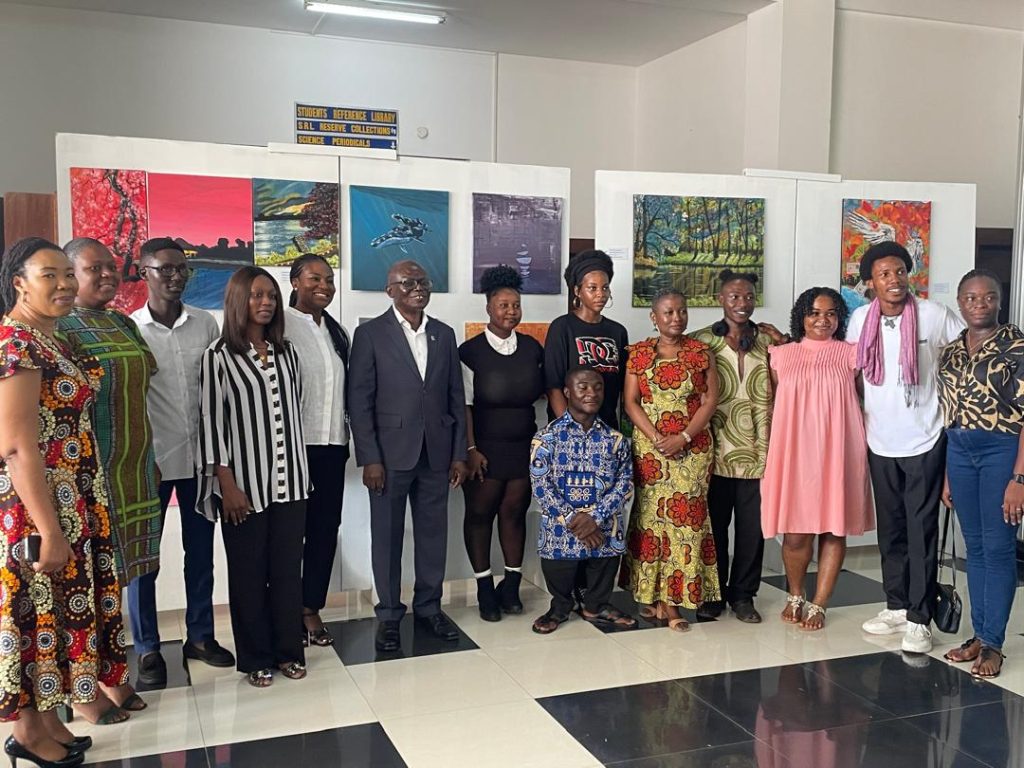By Jesse Ampah Owusu
Accra, Nov. 26, GNA – The University of Ghana, in partnership with Nubuke Foundation and KGL Foundation, has launched a weeklong visual arts exhibition titled “Artify” on the University’s campus.
Running from November 26 to December 2, the event showcases drawings and paintings by eight visual artists selected by the University.
The artists participated in an eight-week skills and business orientation training before the exhibition, where they were coached on art practice fundamentals, copyright and intellectual property, entrepreneurship, and business management.
The training aimed to help the artists upscale their craft and expand their client reach, equipping them to become more business-oriented art professionals.
The Artify project, under the theme “Amplifying Art as a Business”, was conceived by the University of Ghana’s Office of Research, Innovation, and Development (ORID).

It aims to provide a skills development program for aspiring visual artists aged 18 to 30, including both students and individuals living within the university’s surrounding communities.
Professor Felix Ankomah Asante, Pro Vice-Chancellor, Research, Innovation and Development, University of Ghana, said they aimed to equip them with the necessary tools and skills to thrive as artists and entrepreneurs.
“This initiative nurtures talent and fosters entrepreneurial spirit among young aspiring artists. Together, we cultivate creativity and transform passion into sustainable careers,” he said.
Prof. Asante said that the skills required to run an art business are often overlooked, as art was commonly perceived as a hobby that doesn’t necessitate specialized management skills.
He argued that by integrating business and project management skills into the art ecosystem in Ghana, more organizations and investors could be encouraged to support creatives.
Madam Odile Tevie, Director of Nubuke Foundation, called on authorities to create more platforms, similar to the Artify exhibition, where artists could showcase their work.
She advocated for the establishment of visual arts spaces in communities, where local talents could receive training and be nurtured in their craft.
Madam Tevie also highlighted the economic potential of the creative arts sector, urging that it be upscaled to attract both local and international investments and partnerships, contributing to socioeconomic growth and development.
Mr. Sedem Atsu Avornyo, one of the participating artists, praised the University and its partners for the initiative.
He noted that his knowledge and skills had been greatly enriched, better preparing him for the job market.
However, he pointed out that despite the significant economic potential of their trade, many Ghanaian artists lacked the attention, support, infrastructure, and marketing channels necessary to scale their businesses effectively.
GNA